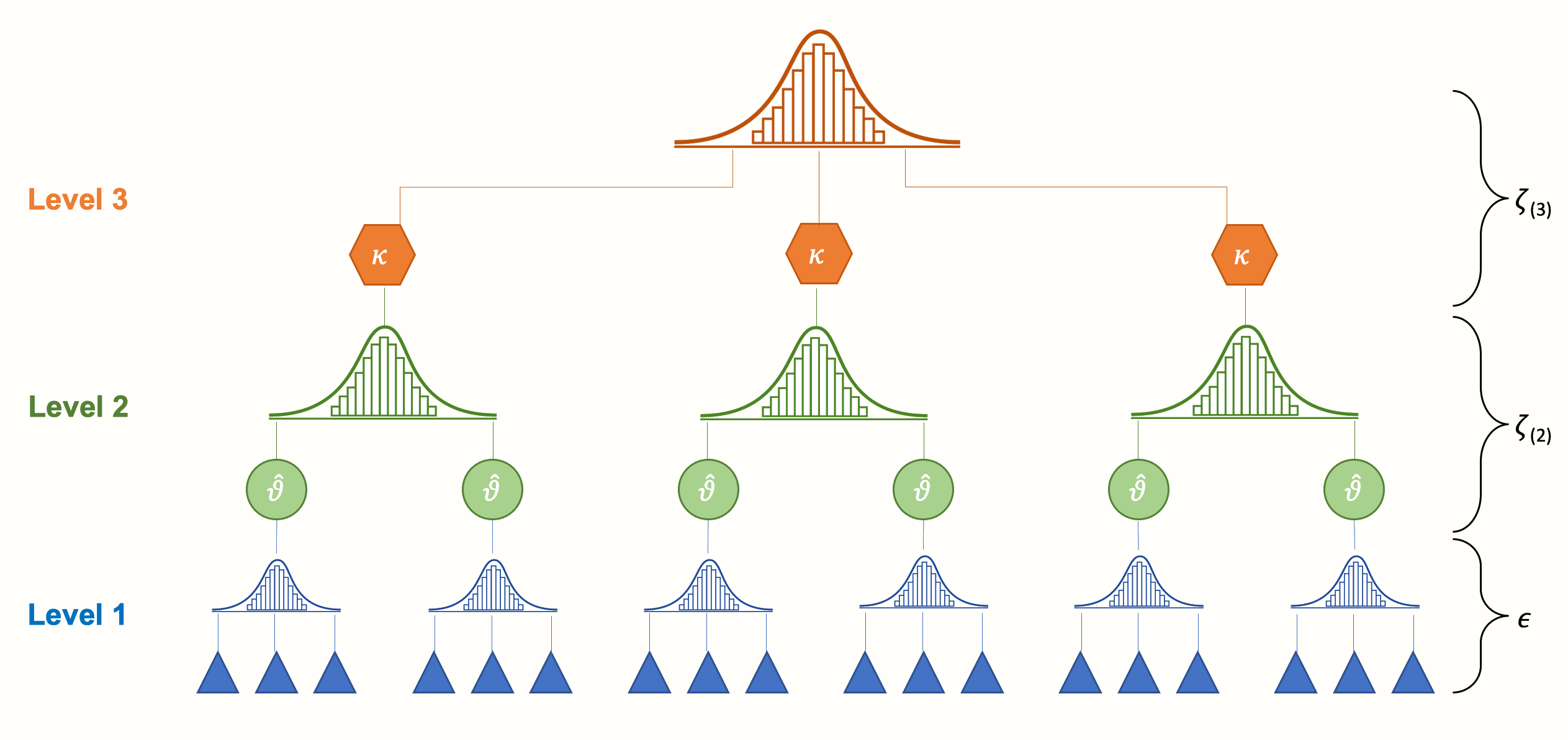
Harvesting Sunlight: A Guide to Convert Sunlight into Electricity
Harnessing the abundant energy of sunlight and converting it into electricity has become a cornerstone of sustainable energy solutions. This article provides insights into the process of converting sunlight into electricity and explores the technologies driving the solar power revolution.
Understanding Photovoltaic Technology: The Solar Cell Magic
At the heart of converting sunlight into electricity lies photovoltaic (PV) technology. Solar cells, commonly made of silicon, capture photons from sunlight and generate electric current through the photovoltaic effect. Understanding this magical transformation is the first step in appreciating how solar energy becomes a viable source of electricity.
Solar Panels: The Building Blocks of Solar Power Systems
Solar panels, composed of multiple interconnected solar cells, form the basic building blocks of solar power systems. These panels come in various types, including monocrystalline, polycrystalline, and thin-film, each with its unique advantages. Arranging these panels strategically creates solar arrays capable of capturing significant sunlight for electricity generation.
Inverters: Transforming DC to AC Power
Solar panels generate direct current (DC) electricity, but most homes and businesses use alternating current (AC) power. Inverters play a crucial role in this conversion process, transforming the DC electricity produced by solar panels into AC power that can be used to power household appliances and be fed into the grid.
Battery Storage: Storing Sunlight for Later Use
One challenge of solar power is its intermittent nature, dependent on sunlight availability. Battery storage systems address this issue by storing excess electricity generated during sunny periods for later use. This enables homeowners and businesses to have a reliable power source even when sunlight is limited.
Net Metering: Contributing to the Grid
Net metering is a system that allows solar panel owners to contribute excess electricity back to the grid. When solar panels generate more electricity than is consumed, the surplus is fed into the grid, and the owner receives credits or compensation. Net metering encourages the growth of solar power and fosters a more decentralized energy landscape.
Solar Tracking Systems: Following the Sun’s Path
Solar tracking systems enhance electricity generation by ensuring that solar panels follow the sun’s path throughout the day. This dynamic adjustment maximizes sunlight exposure, optimizing energy production. While more complex than fixed systems, solar trackers significantly increase the efficiency of converting sunlight into electricity.
Thin-Film and Concentrated Solar Technologies: Innovations in Solar Power
Beyond traditional solar panels, thin-film and concentrated solar technologies represent innovative approaches to converting sunlight into electricity. Thin-film solar cells offer flexibility and lighter weight, making them suitable for various applications. Concentrated solar power systems use mirrors or lenses to focus sunlight, generating heat that drives turbines for electricity production.
Solar Power Efficiency: Advancements and Challenges
Advancements in solar power efficiency continue to drive the industry forward. Higher efficiency solar cells, improved materials, and enhanced manufacturing processes contribute to increased electricity output. However, challenges such as cost, storage limitations, and intermittent sunlight availability persist, requiring ongoing research and development efforts.
How to Convert Sunlight into Electricity in Your Home
Explore practical steps on how to convert sunlight into electricity in your home here. This interactive guide provides insights into solar panel installation, inverter selection, and tips for optimizing your solar power system, empowering individuals to embrace solar energy for their electricity needs.
In conclusion, the process of converting sunlight into electricity is a fascinating journey from photons striking solar cells to the generation of usable electrical power. With advancements in technology, the solar power revolution continues to reshape our energy landscape, offering a clean, sustainable, and decentralized source of electricity for homes, businesses, and communities alike.



